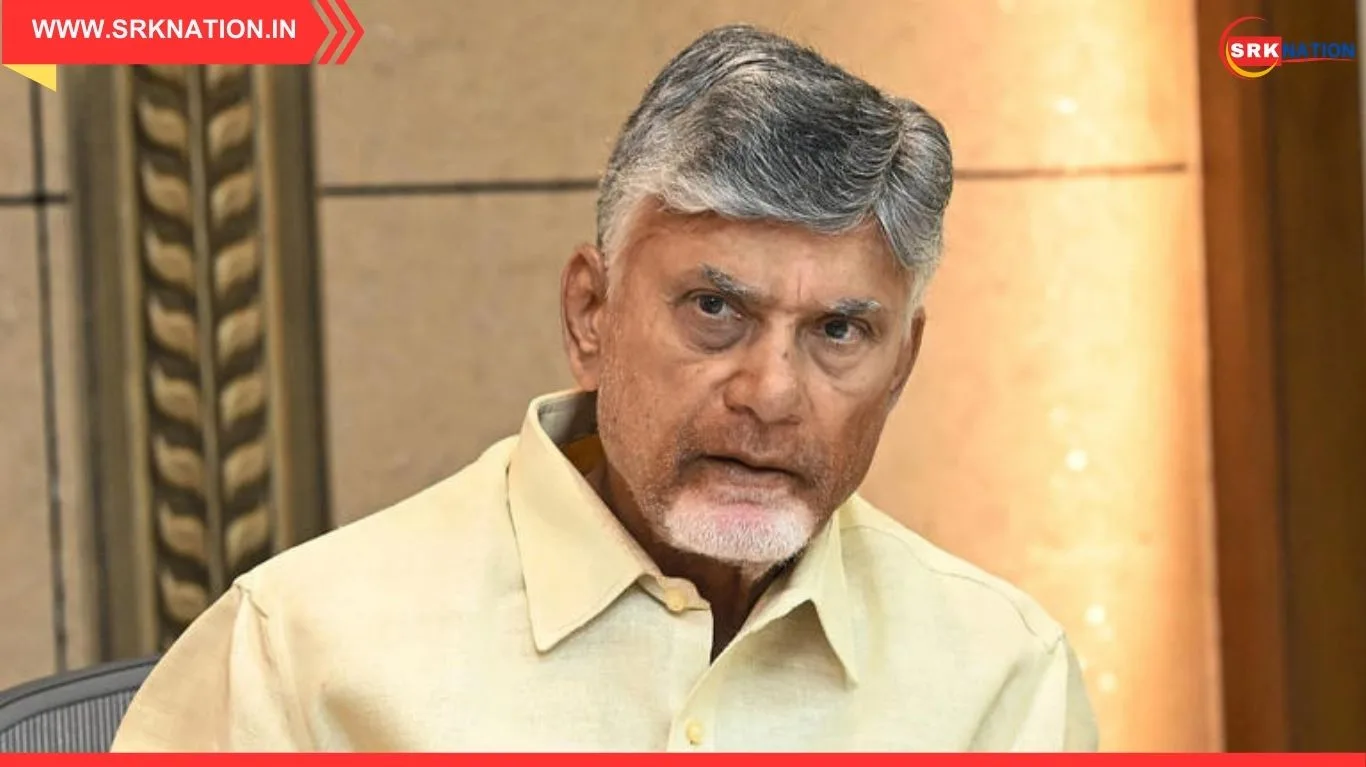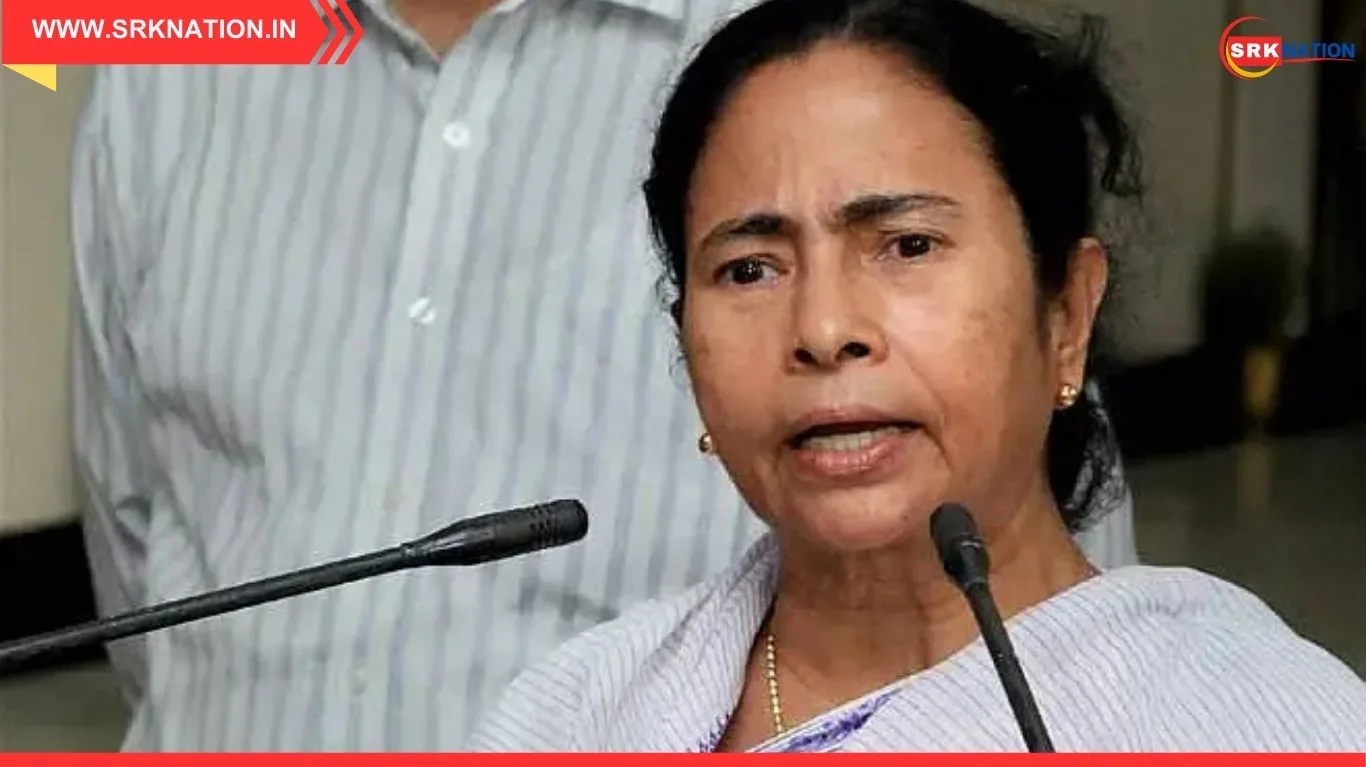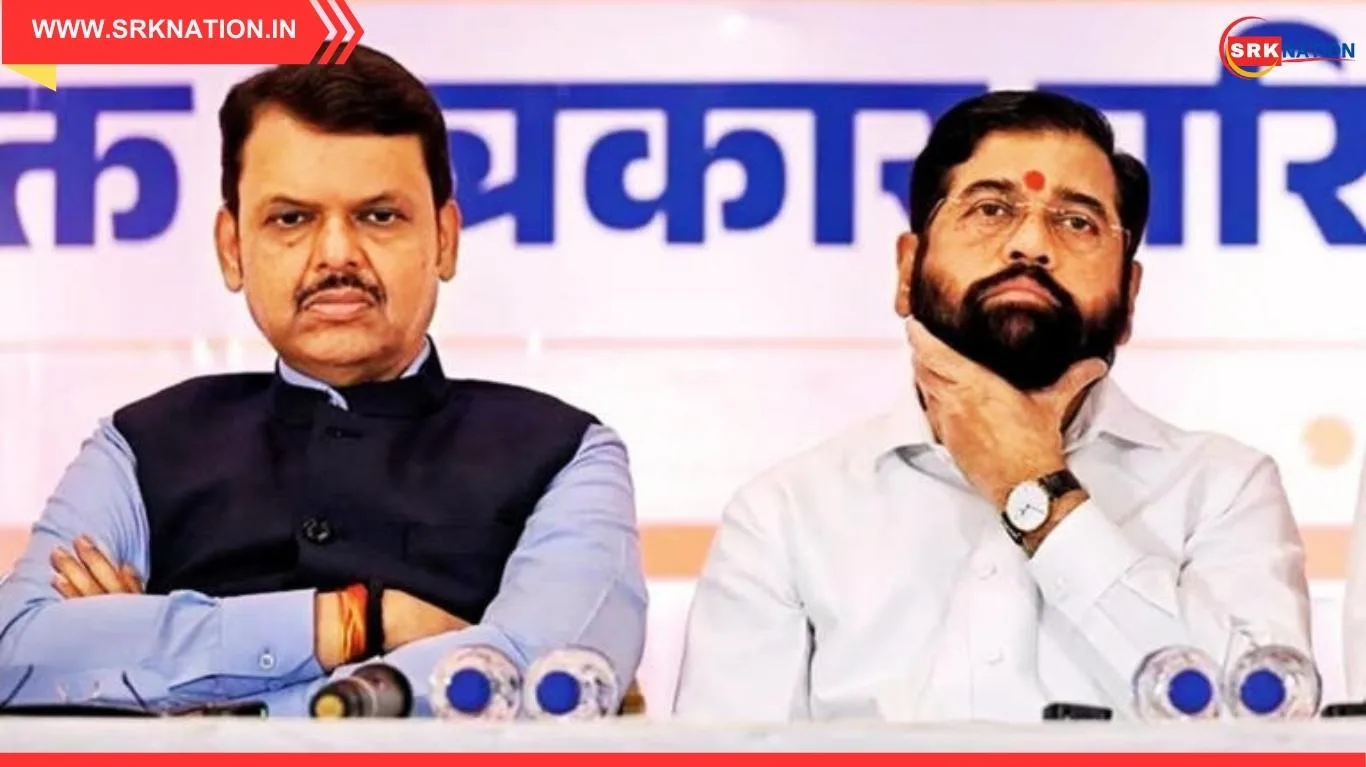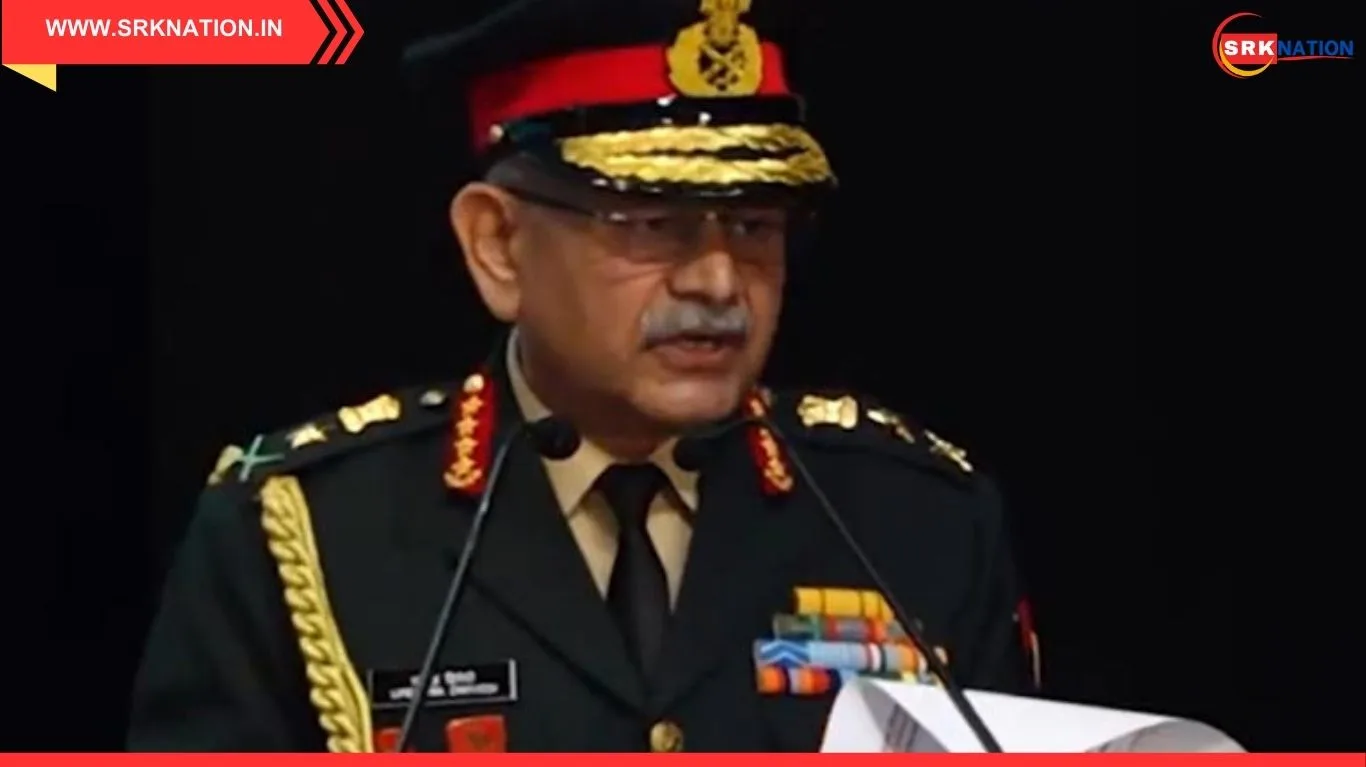In a significant organisational overhaul aimed at rejuvenating its state leadership and preparing for the 2029 Lok Sabha elections, the Bharatiya Janata Party (BJP) on Tuesday appointed nine new state unit presidents. The new appointments reflect the party’s strategy of balancing caste equations, energising grassroots cadres, and ensuring sharper regional focus in key states where electoral contests are expected to intensify in coming years.
The BJP central leadership announced these changes after a meeting of the party’s top brass, including BJP National President J.P. Nadda, Home Minister Amit Shah, and Prime Minister Narendra Modi, signalling a clear push for organisational readiness and micro-management before upcoming assembly polls in Maharashtra, Haryana, Jharkhand, and Delhi.
Full List of BJP’s Nine New State Chiefs
| State | New President | Background | Key Role |
|---|---|---|---|
| Maharashtra | Ravindra Chavan | Sitting MLA from Dombivli, Minister of PWD and Food & Civil Supplies | Mobilising urban and OBC voters |
| Andhra Pradesh | PVN Madhav | Senior BJP leader and Legislative Council member | Expand BJP base in coastal Andhra |
| Haryana | Manish Grover | Former Minister, senior Jat leader from Rohtak | Strengthen farmer and Jat outreach |
| Delhi | Virender Sachdeva (confirmed continuation) | Delhi BJP working president, organisational face | Lead municipal strategy |
| Jharkhand | Amar Kumar Bauri | Former Minister, prominent tribal leader | Consolidate tribal vote bank |
| Punjab | Sunil Jakhar (retained) | Former Congress veteran, current BJP face | Strengthen BJP in Punjab post farm protests |
| Telangana | Eatala Rajender | Former Health Minister, ex-TRS leader | Expand BJP in North Telangana |
| Rajasthan | CP Joshi (retained) | Brahmin leader, Speaker, former state BJP chief | Maintain stability before 2028 polls |
| Odisha | Manmohan Samal | Former State President, strong organisational background | Consolidate coastal Odisha base |
New BJP State Chiefs and Their Key Political Objectives
| New President | State | Target Community/Region | Strategic Objective |
|---|---|---|---|
| Ravindra Chavan | Maharashtra | OBCs, urban middle class | Regain momentum after Lok Sabha losses |
| PVN Madhav | Andhra Pradesh | Coastal Andhra, Kapu community | Build cadre base ahead of assembly polls |
| Manish Grover | Haryana | Jats, farmers | Counter INC-JJP alliances |
| Virender Sachdeva | Delhi | Urban poor, Punjabis | Win municipal polls, prepare for assembly |
| Amar Kumar Bauri | Jharkhand | Tribals, OBCs | Strengthen non-tribal rural support |
| Sunil Jakhar | Punjab | Hindu voters, urban Sikhs | Expand BJP after Akali Dal exit |
| Eatala Rajender | Telangana | BCs, North Telangana | Challenge Congress-BRS strongholds |
| CP Joshi | Rajasthan | Brahmins, Rajputs | Maintain stability in state unit |
| Manmohan Samal | Odisha | Coastal and western Odisha | Counter BJD’s dominance |
Why Did BJP Reshuffle State Chiefs?
- Electoral Strategy for 2029: With less than four years to the next Lok Sabha polls, BJP wants state presidents who can deliver maximum seats.
- Caste & Regional Balance: Ensuring representation of dominant communities to consolidate votes in assembly and national elections.
- Performance-Based Changes: Revamp where organisational performance or public connect needed improvement post-2024 Lok Sabha results.
- Grassroots Cadre Motivation: New faces energise district and mandal level workers.
Recent BJP Electoral Performance in These States
| State | Lok Sabha Seats Won (2024) | Assembly Election Due | Previous State President |
|---|---|---|---|
| Maharashtra | 13/48 | 2024 (lost to MVA), next 2029 | Chandrashekhar Bawankule |
| Andhra Pradesh | 0/25 | 2024 (alliance lost) | Somu Veerraju |
| Haryana | 5/10 | 2024 (BJP-JJP lost majority) | Om Prakash Dhankar |
| Delhi | 0/7 | 2025 | Virender Sachdeva (retained) |
| Jharkhand | 8/14 | 2024 (assembly lost) | Babulal Marandi |
| Punjab | 2/13 | 2027 | Sunil Jakhar (retained) |
| Telangana | 5/17 | 2028 | G. Kishan Reddy |
| Rajasthan | 20/25 | 2028 | CP Joshi (retained) |
| Odisha | 9/21 | 2029 | Samir Mohanty |
Leaders’ Reactions to Their Appointments
Ravindra Chavan (Maharashtra) said:
“I thank PM Modi and JP Nadda ji for this responsibility. We will strengthen the organisation and ensure BJP’s victory in upcoming elections.”
PVN Madhav (Andhra Pradesh) tweeted:
“Honoured to serve Andhra BJP as its president. We will take Modi ji’s vision to every household.”
Manish Grover (Haryana) remarked:
“It’s time to win back the trust of farmers and every section of Haryana society.”
Political Analysis: Impact of New State Chiefs
1. Maharashtra
Appointing Ravindra Chavan, a strong OBC leader from Mumbai Metropolitan Region, is a strategic move to regain urban middle-class voters and OBC support, crucial after the recent Lok Sabha setback where Maha Vikas Aghadi outperformed the BJP-Shiv Sena alliance.
2. Andhra Pradesh
PVN Madhav’s appointment indicates BJP’s focus on building an independent cadre base instead of over-relying on alliances with TDP or Jana Sena.
3. Haryana
By choosing Manish Grover, a senior Jat leader, BJP seeks to counter the growing influence of INC-JJP alliances among Jat farmers.
4. Jharkhand
Amar Kumar Bauri, a prominent tribal face, is expected to consolidate tribal votes that fragmented in the last assembly elections.
Expert Opinion
Political commentator Anil Kumar Dubey noted:
“The BJP’s new state presidents list shows the party is in poll mode for 2029 already. The mix of experienced organisational leaders and mass-based politicians indicates a hybrid approach of booth strengthening and voter connect.”
Challenges Ahead for New Chiefs
✅ Rebuilding cadre confidence post Lok Sabha election losses in states like Maharashtra, Andhra Pradesh, Haryana.
✅ Managing factionalism within state units while ensuring alliance coordination.
✅ Expanding BJP’s social base in states where regional parties are dominant (Odisha, Punjab, Telangana).
✅ Delivering electoral victories in upcoming local body and assembly polls to demonstrate organisational strength.
Conclusion
The BJP’s appointment of nine new state chiefs underlines its proactive organisational restructuring aimed at early preparation for 2029. By balancing caste equations, rewarding performance, and infusing fresh energy, the party has signalled its determination to maintain and expand its national dominance. The next few months will test these leaders’ abilities to mobilise cadres, connect with diverse voter bases, and script new electoral successes for the world’s largest political party.
Disclaimer: This article is for informational purposes only. Readers are advised to follow official party announcements and Election Commission updates for verified information related to political appointments and electoral strategies.











